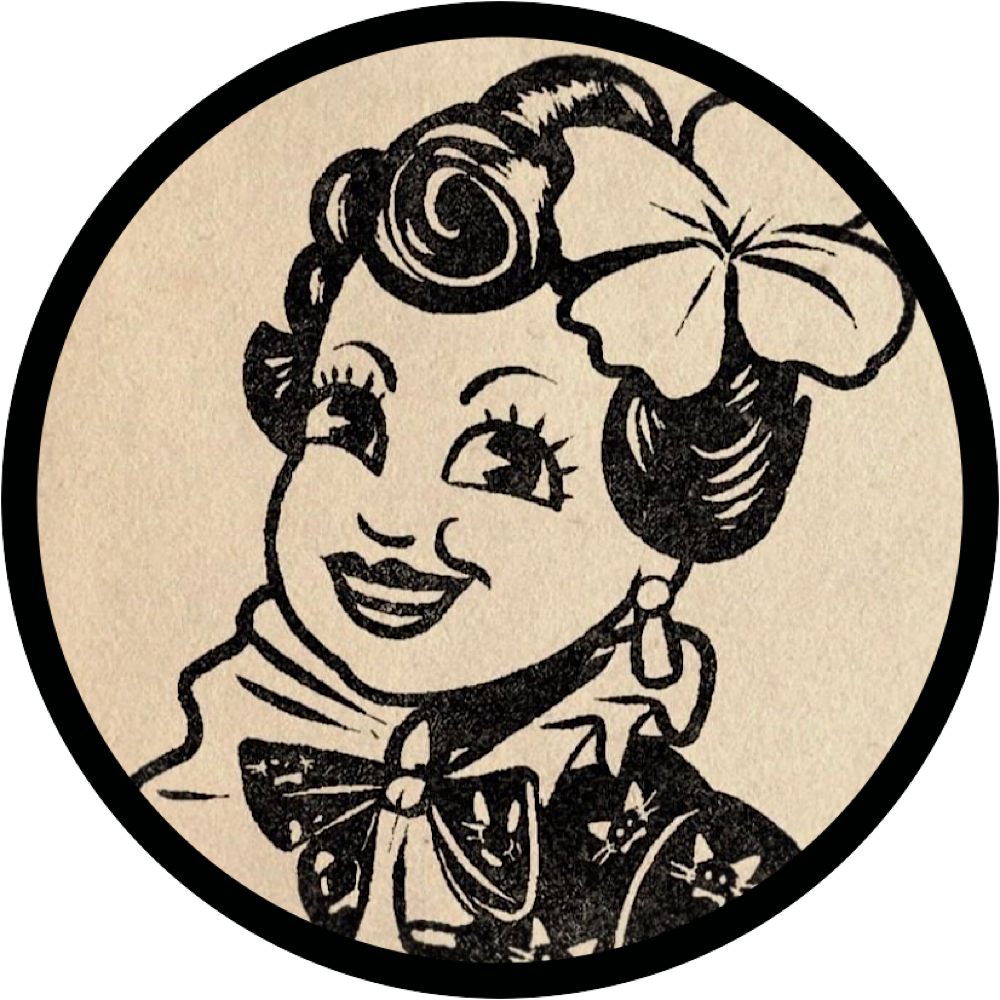This post was written by Lindy Shopper.

While reading my mom’s copy of the January 2012 issue of Town and Country, I ran across a comic strip detailing the history of the tuxedo – not normal comic book fare, so I was intrigued. Here’s your history lesson for the week: according to the strip and Wikipedia, the word tuxedo comes from the Lenni-Lenape Native American tribe (also known as the Delaware Indians), who were allegedly called Tuxedo (meaning “he has a round foot” (which may be in reference to the wolf), “place of the bear” or “clear flowing water”) by their enemies the Algonquins. The Lenni-Lenape lived near a lake which they named “Tucseto,” which later became known as Tuxedo Lake, and the area where they lived was called Tuxedo.
How does a tribe of Native Americans and a lake relate to the modern formal suit? In 1885, Pierre Lorillard IV developed a piece of land his grandfather owned in Tuxedo for a summer resort for the wealthy and well-to-do, naming it Tuxedo Park. He then “organized the Tuxedo Club and the Tuxedo Park Association, as hunting and fishing preserve (and society), and surrounded the property with a high game fence. In 1886, he built a club house, which saw the debut of the short dinner jacket, which soon became known as the Tuxedo jacket. Eventually, the Tuxedo ensemble, featuring the short dinner jacket, became the accepted dress for formal affairs. To give you some perspective on the class of people who frequented the Tuxedo Club, the “Blue Book of Etiquette,” written by Emily Post, was “based on what she observed inside the great stone gates of Tuxedo.”
I am amazed that the basis for modern formal menswear originated as far back as the 1880’s, but this demonstrates how the tuxedo has withstood the test of time.
As the modern Lindy Hop community matures, I see more dancers donning a tuxedo (or part of a tuxedo) for New Year’s Eve, specifically at Lindy Focus (alas, I will miss my first Lindy Focus in six years!). Just adding a bow tie to a black suit can elevate your look, or wear a vest/bow tie combo for maximum mobility.
Tuxedos are more attainable, thanks to the advent of eBay, but even thrift stores have tuxedos, sometimes castoffs from formal wear stores or a donation that simply doesn’t fit or isn’t used (and is usually rarely worn, so it good condition). You can often acquire a vintage tuxedo for less than the cost of a vintage suit because they are the garment that was worn least and survived the decades. It amazes me that people spend money to rent tuxedos when for the same price or less you could buy one.
Here are some lovelies on eBay and Etsy to make your New Year’s Eve classic and well-dressed:






You might be interested to know that the tuxedo was imported to America from England by a member of Tuxedo Park who was introduced to it by the Prince of Wales (the future King Edward VII). Also, there is no such thing as a “tuxedo with tails”. Tuxedos and tailcoats are two distinct types of formal coats just as shoes and boots are two distinct types of footwear. For complete details, check out my site http://www.blacktieguide.com.
Pardon my faux pas concerning the tailcoat, I’m a bit out of my element with menswear, but am learning every day. I just want Lindy Hoppers to dress well…
If the tuxedo was not the tuxedo until it was seen at Tuxedo, what was it called before it crossed the pond?
At first it was “dress jacket” or “dress lounge” then by the 1890s it became known by its current British name “dinner jacket”.